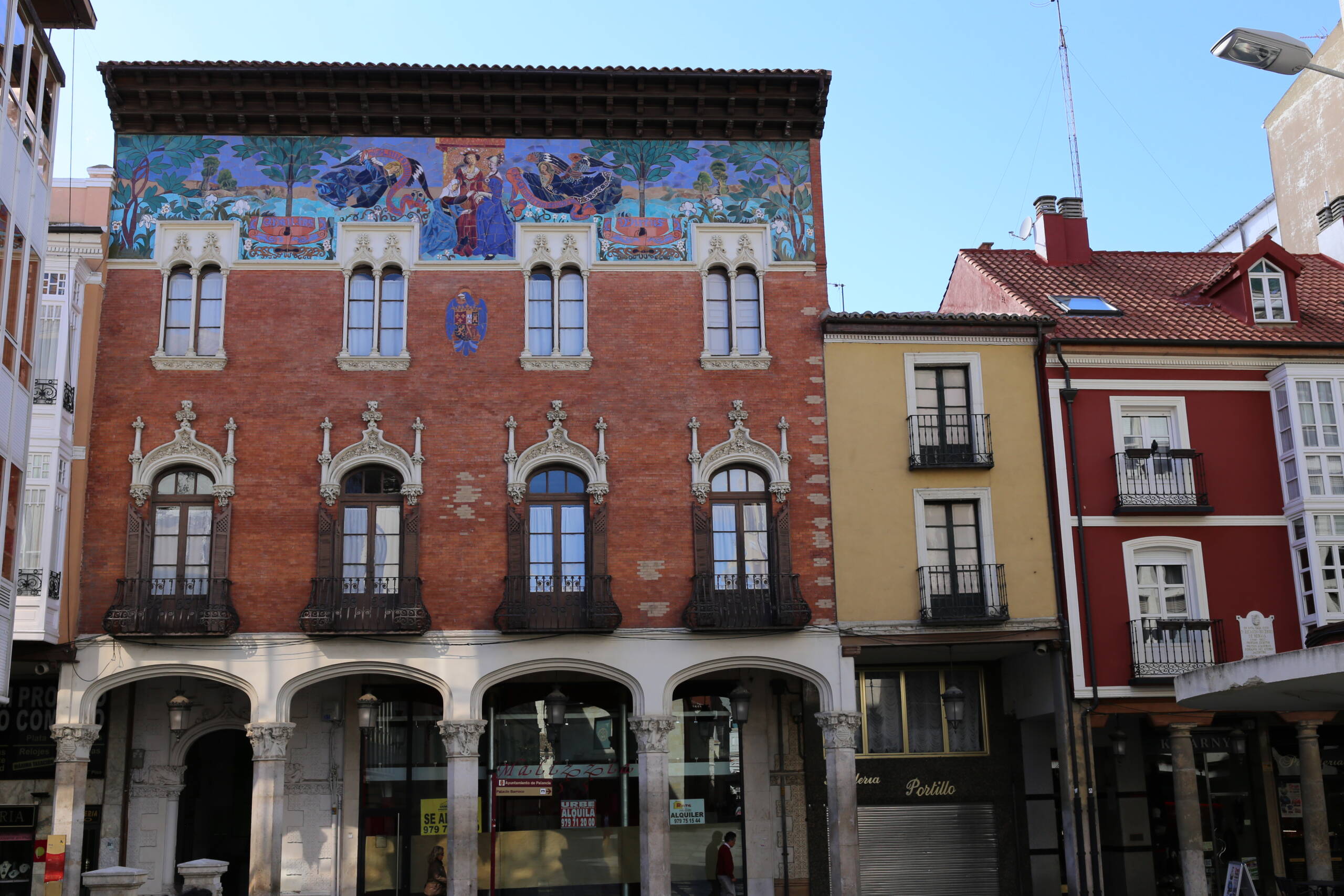Standing before MUSAC, you instantly feel the shift from the medieval and Renaissance layers that dominate much of Castilla y León into something unapologetically modern. The museum was designed by the architectural duo Luis M. Mansilla and Emilio Tuñón, and its multicolored façade is inspired by the stained-glass windows of León’s Gothic cathedral. It’s almost as if the centuries-old tradition of light and color from the cathedral’s glass has been reimagined for the 21st century, turned inside-out to shine on the streets.

As a photographer, it’s irresistible. The façade is a mosaic that changes character depending on the time of day—the morning sun brings out softer tones, while in the late afternoon the colors blaze with intensity, almost glowing against the crisp Castilian sky. You can spend an hour just playing with angles: wide shots that capture the entire geometric rhythm, or close-ups where glass panels dissolve into abstract compositions of light and shadow.
Inside, MUSAC pushes you further into the present. The museum’s collection focuses on contemporary art from the 1980s onward, making it one of the most forward-looking institutions in Spain. Installations spill across vast white rooms, video art hums softly in darkened corners, and experimental exhibitions challenge what you expect from a museum. It feels alive, restless, always changing.
What I love about MUSAC is how it anchors León’s identity in both directions—rooted in a city of deep history and tradition, yet daring to claim space for the new. It’s a reminder that Castilla y León isn’t just about Romanesque churches and medieval plazas; it’s also about experimentation, ideas, and pushing boundaries.
Leave a Reply